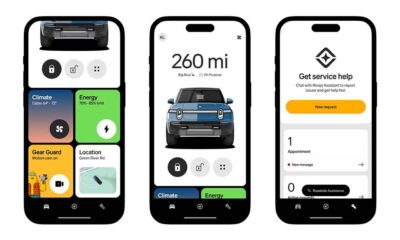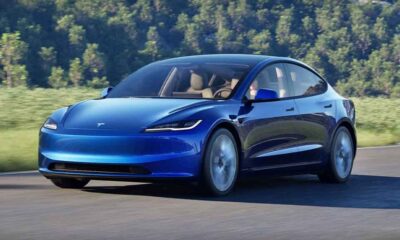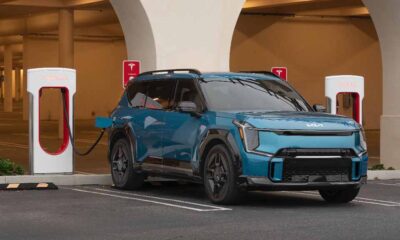SpaceX
SpaceX will test first payload deployment with Starship Flight 7
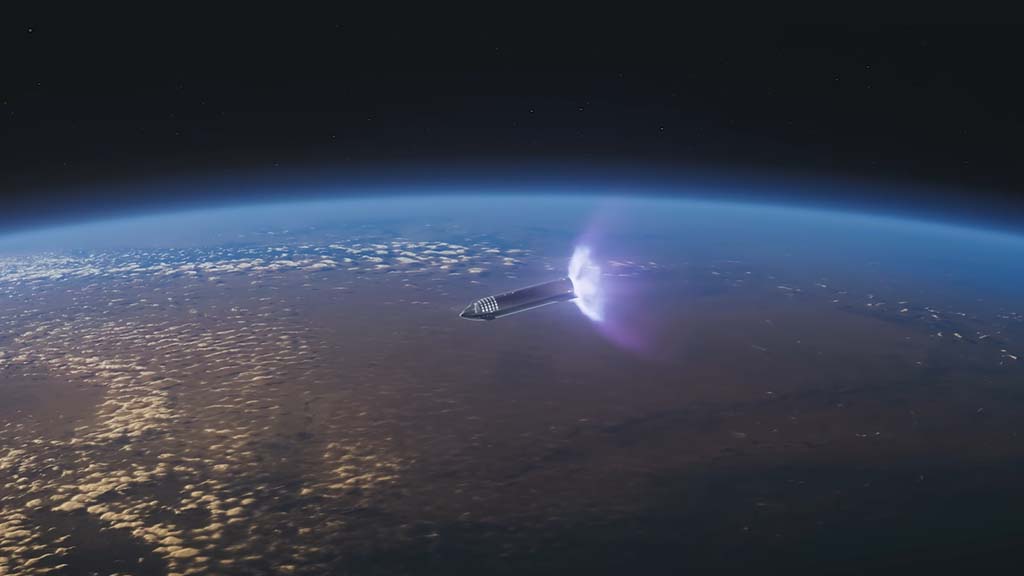
SpaceX Starship Flight 7 is ready to fly, which will mark the first payload deployment test as soon as the launch vehicle enters the sub-orbit.
Starship is an integrated space launch vehicle designed and developed by SpaceX to conduct heavy payload deployment and human missions to orbit, moon, and beyond.
As of today, SpaceX has flown six test Starship rockets and conducted various tests on the vehicle’s functionality. That includes the first and second-stage engines, propellants, flight maneuvers, and more.
These design refinements improved the vehicle and its ground system each flight. However, the last two flights were very crucial to advance the entire test program.
During flight 5, SpaceX caught the first stage booster to launch tower arms, which is the first of its kind achievement in the Space launch vehicle industry.
In the following test, SpaceX furthered the ship’s thermal and heat shield tiles testing as well as vertical splashdown in the Indian Ocean.
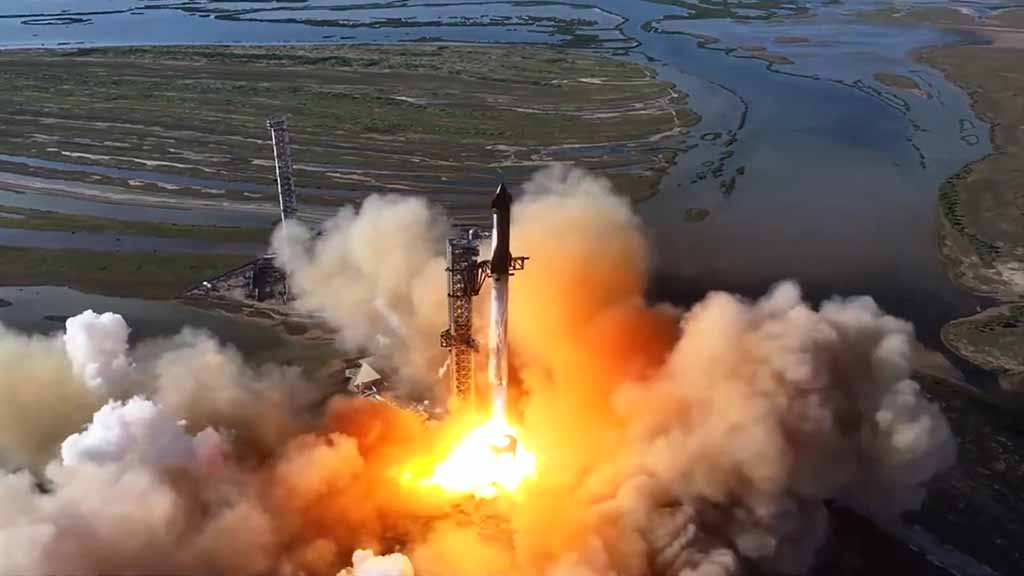
SpaceX Starship Flight 6 Liftoff (Source – SpaceX)
First payload
During the sixth flight, the company encapsulated a stuffed banana as the zero-g indicator. It became the first dummy payload, which wasn’t deployed during the suborbital coasting.
However, Flight 7 will consist of 10 Starlink simulators. These simulators will be the same size and weight as the next-generation Starlink satellites.
This deployment practice will be identical to what the ship will demonstrate with future missions when it becomes launch-proven. These satellites will follow Starship’s suborbital trajectory.
Starship is 50 meters tall and 9 meters wide, It has a propellant capacity of 1,200 tons, and its 6 Raptor engines generate 1,500 tf of thrust after hot-staging.
Its overall payload capacity is 100-150 tons compared to Falcon Heavy’s 63,800 kg payload capacity to low Earth orbit. The ship has many design improvements pending and continues to increase payload capacity with future missions.
Launch Date
SpaceX could launch Starship Flight 7 on January 10 as it already received FAA’s approval.
(source)

